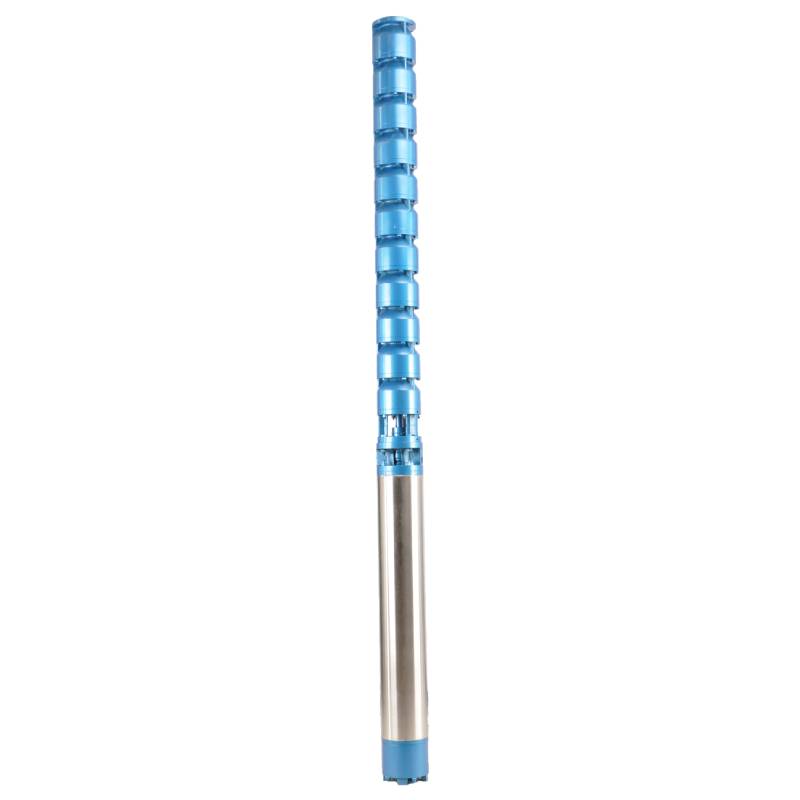12 月 . 06, 2024 05:00 Back to list
what size of submersible pump do i need
What Size of Submersible Pump Do I Need?
When it comes to choosing a submersible pump, understanding the right size for your needs is crucial for ensuring efficiency and effectiveness. Submersible pumps are designed to operate while submerged in fluid, making them ideal for various applications, including draining water from basements, wells, or ponds. However, selecting the correct size requires careful consideration of several factors.
1. Understanding Pump Capacity
The first step in determining the size of the submersible pump you need is understanding its capacity, which is measured in gallons per minute (GPM). The capacity required will depend on the volume of water you need to move and the time frame in which you’d like to accomplish it.
For example, if you're draining a flooded basement, assess the total amount of water. If your basement has 1,000 gallons of water and you wish to remove it in 2 hours, you would need a pump with a capacity of at least 8.3 GPM. It's always wise to choose a pump with a higher capacity than calculated to account for any variances in home drainage, pipe blockages, or potential future demands.
2. Consider the Total Dynamic Head (TDH)
Total Dynamic Head (TDH) is another critical factor to consider when sizing a submersible pump. It refers to the total height that the pump needs to lift water, including vertical height, friction losses in the pipes, and other resistances. Calculating the TDH will help you understand the pump’s necessary pressure.
To calculate TDH, use the formula
\[ \text{TDH} = \text{Vertical Height} + \text{Friction Loss} \]
what size of submersible pump do i need

The vertical height is the distance from the water level to the discharge point, and friction loss can be estimated based on the pipe diameter and length. Depending on your specific situation, you might need to consult pump curves or seek expert advice to ensure you select a pump that can handle the TDH.
3. Type of Fluid
The type of fluid being pumped also affects the pump size. If you are pumping clean water, you can typically choose a smaller pump. However, for wastewater or fluids containing solids, you'd need a pump specifically designed to handle those conditions, often referred to as a sewage pump. Make sure to consider the pump's capability in handling solids, as standard pumps may get clogged, resulting in inefficiencies and increased maintenance.
4. Electrical Requirements
Electric submersible pumps come with different voltage ratings and energy requirements. Make sure to match the pump with your available power supply. Some pumps can run on standard household power (115V), while others may require a 230V supply.
5. Future Needs
When selecting a pump size, think about your future needs. If you anticipate increased water flow or plan to expand your usage, it’s prudent to invest in a larger capacity pump. Likewise, consider whether you may need to use the pump in different situations or locations, which may require different specifications.
Conclusion
Choosing the right size submersible pump is not a decision to be taken lightly. It requires careful consideration of your specific needs, the application context, and future demands. By evaluating the required GPM, calculating the Total Dynamic Head, considering the type of fluid, verifying electrical requirements, and anticipating future needs, you can ensure you select the appropriate pump for your situation. If in doubt, consulting with a professional or seeking assistance from pump suppliers can help you make an informed choice. A correctly sized submersible pump not only ensures efficient operation but also prolongs the lifespan of the equipment, saving you both time and money in the long run.
-
Your Guide to Deep Well Pumps
NewsOct.31,2024
-
Why Choose a Stainless Steel Deep Well Pump?
NewsOct.31,2024
-
Understanding Water-Filled Submersible Pumps
NewsOct.31,2024
-
Understanding SS Submersible Pumps
NewsOct.31,2024
-
Reliable Submersible Well Pumps for Your Water Supply Needs
NewsOct.31,2024
-
Choosing the Right Submersible Pump for Your Water Management Needs
NewsOct.31,2024
-
 Understanding Water-Filled Submersible PumpsWhen it comes to selecting the right pump for your water management needs, understanding the different types available is crucial.Detail
Understanding Water-Filled Submersible PumpsWhen it comes to selecting the right pump for your water management needs, understanding the different types available is crucial.Detail -
 Guide to Installing a Deep Well Submersible PumpWhen dealing with deep wells, a deep well submersible pump is often the most effective solution for extracting water from significant depths.Detail
Guide to Installing a Deep Well Submersible PumpWhen dealing with deep wells, a deep well submersible pump is often the most effective solution for extracting water from significant depths.Detail -
 Finding the Right Submersible PumpWhen seeking an efficient solution for pumping water from deep wells, sumps, or other applications, the submersible pump is a leading choice.Detail
Finding the Right Submersible PumpWhen seeking an efficient solution for pumping water from deep wells, sumps, or other applications, the submersible pump is a leading choice.Detail
